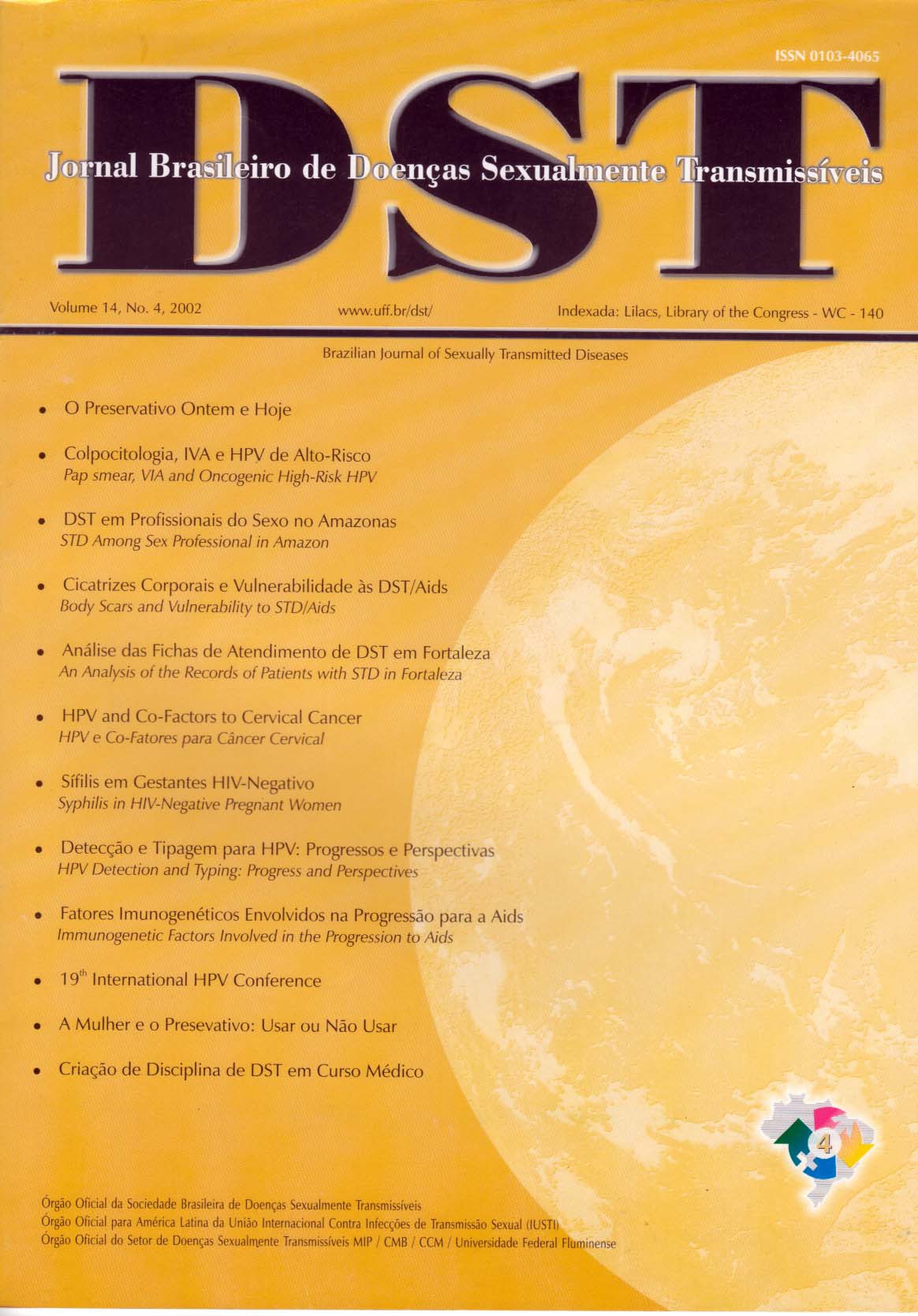Human papillomavirus and co-factors to cervical câncer Among women attended at University Hospital of Universidade Federal Fluminense
Keywords:
HPV, genital lesions, co-factors to cervical câncerAbstract
Background: Evidences from laboratory and epidemiological studies have shown association between papillomavirus (HPV) infection neoplasias. High risk HPV types have been linked to cervical carcinoma. Besides HPV infection, additional factors can be involved in the process of tumor development. Objectives: This study was undertaken to examine HPV infection and co-factors to cervical cancer in a female population attended in Antonio Pedro Hospital (Universidade Federal Fluminennse) at Rio de Janeiro Stale. Material and methods: The sample held 35 women enrolled to routine screening for cervical lesions. Demographic and risk data were obtained by interview. A polymerase chain reaction (PCR) technique was used to investigate HPV in cervical smears. Consensus primers MY09/II were utilized to detect generic HPV DNA. HPV typing was done with primers from the E6 gene DNA sequences of HPV 6. 11. 16. 18. 31.33. and 35. Results: Most of the patients were from the State of Rio de Janeiro, married or had stable partner, had elementary school and were from low economic class. About risk factors for cervical lesions,most of them had begun their sexual life between 16-20 years old. have had I -3 sexual partners during their lives, have used no contraceptive methods, had 1-3 parities. Cervical lesions included ASCUS, condyloma. LSIL, HSIL and cancer. HPV DNA was detect in 94% of the cases. HPV type 16 was found in 100% of the carcinomas alone or associated to HPV type18 (14%) or 33 (8%). It was also found that most of the SIL (60%) were infected by IIPV type 16. However, the IIPV type 6 (low risk) was detected in a HSIL of an HIV positive woman. It was noted a trend between cancer prevalence and ethnic origin (0.05). We also found a trend of association between cancer and parity (p=0.01). History of familiar neoplasia and abortions also had a significance if we consider p<(). I. This work detected a high rate of asymptomatic patients carrying neoplasic lesions. Conclusion: The data obtained in this work emphasize the need of gynaecologic preventive exams at regular intervals.












